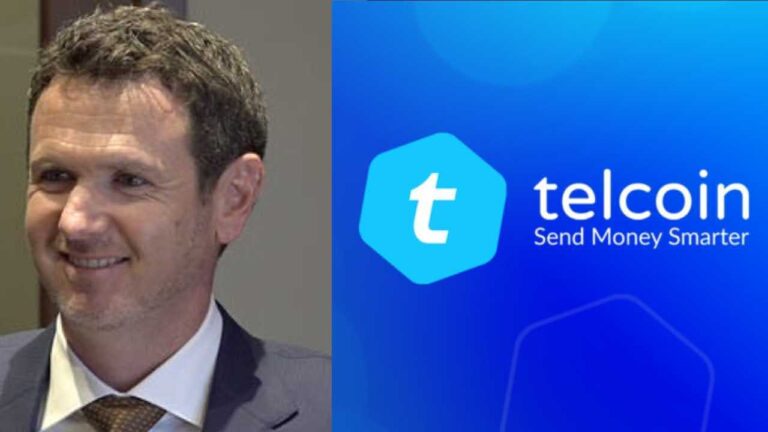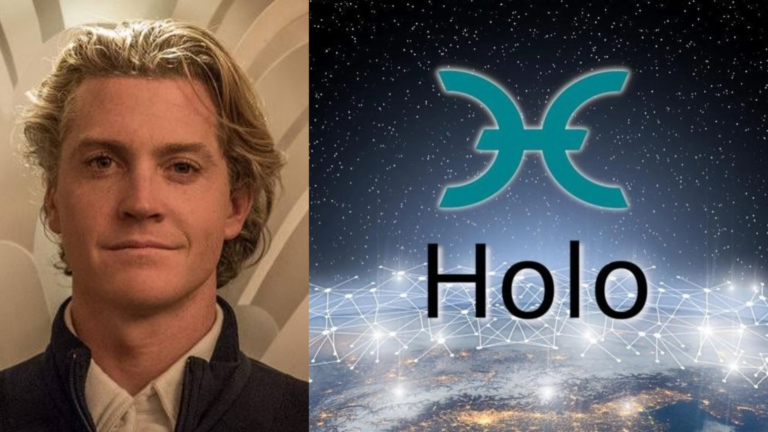Ravencoin Explained: Everything You Need to Know Before Investing – By Founder Bruce Fenton

Here’s a complete SEO-optimized blog post on Ravencoin (RVN) and Its Investment Potential:
Introduction
With the rise of blockchain-based assets, Ravencoin (RVN) has gained popularity as a decentralized platform for asset tokenization. Founded by Bruce Fenton and launched in 2018, Ravencoin allows users to issue, transfer, and tokenize real-world and digital assets efficiently.
If you’re considering investing in Ravencoin (RVN), this guide will cover its technology, use cases, tokenomics, potential risks, and future growth.
What Is Ravencoin (RVN)?
Ravencoin is a peer-to-peer blockchain designed to facilitate the creation and transfer of digital assets on the blockchain. Unlike Bitcoin, which focuses on decentralized payments, Ravencoin is built specifically for asset management and tokenization.
Its native token, RVN, is used for network security, transaction fees, and asset creation.
Key Features of Ravencoin (RVN)
✅ Decentralized & Open-Source – No central authority or pre-mine.
✅ Asset Tokenization – Create and transfer tokens backed by real-world assets, NFTs, or securities.
✅ Secure & Fair Mining – Uses Proof-of-Work (PoW) with the KAWPOW algorithm, making mining fairer and ASIC-resistant.
✅ Fast & Low-Cost Transactions – More efficient than Bitcoin for asset transfers.
How Does Ravencoin (RVN) Work?
Ravencoin is a fork of Bitcoin but optimized for asset tokenization rather than payments.
🔹 Tokenization – Users can create unique digital tokens representing stocks, real estate, gold, NFTs, or other assets.
🔹 Decentralized Mining – Uses KAWPOW, making it ASIC-resistant and accessible to GPU miners.
🔹 Built-in Messaging & Voting – Enables secure communication between token holders.
🔹 No Smart Contracts – Unlike Ethereum, Ravencoin focuses on simplicity and security rather than complex smart contracts.
Real-World Use Cases of Ravencoin (RVN)
Ravencoin is widely used for asset management and tokenization, including:
📌 Real Estate Tokenization – Property ownership can be represented as RVN-based tokens.
📌 Securities & Stocks – Businesses can issue tokenized shares on Ravencoin’s blockchain.
📌 NFTs & Digital Art – Artists and creators use Ravencoin for NFT minting.
📌 Supply Chain Management – Businesses track product authenticity using RVN tokens.
Ravencoin (RVN) Tokenomics & Supply
✅ Total Supply – 21 Billion RVN
✅ Current Circulating Supply – Around 13 Billion RVN
✅ Consensus Mechanism – Proof-of-Work (KAWPOW algorithm)
✅ Block Reward – 2,500 RVN per block (halves every four years)
Unlike many crypto projects, Ravencoin had no ICO or pre-mine, ensuring fair distribution.
Should You Invest in Ravencoin (RVN)?
Ravencoin has a strong use case in asset tokenization, but like any crypto investment, it comes with risks.
Pros & Cons of Investing in RVN
✅ Pros:
✔️ Decentralized & Fairly Distributed – No pre-mine or ICO.
✔️ Strong Use Case in Tokenization – Ideal for real-world asset transfers.
✔️ ASIC-Resistant & Community-Driven – Ensures decentralization and security.
❌ Cons:
⚠️ High Competition – Competing with Ethereum, Solana, and Polygon for tokenization.
⚠️ Regulatory Uncertainty – Governments could regulate asset tokenization.
⚠️ Slow Adoption – Needs wider business adoption to grow.
Conclusion
Ravencoin (RVN) is a powerful blockchain for asset tokenization, offering a decentralized and fair approach to tokenized securities, NFTs, and digital assets. Its ASIC-resistant mining, low transaction fees, and real-world applications make it a promising long-term project.
However, investors should do their own research (DYOR) before investing, considering market trends and adoption rates.





